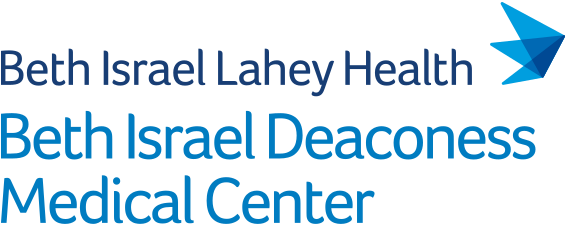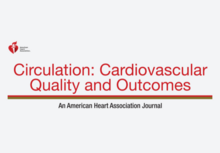Brenner TA, Liu M, Bartlett VL, Boston I, Wadhera RK, Berzin TM. Geodemographic Trends in Private Equity Acquisitions of U.S. Gastroenterology Practices: An analysis of transactions from 2013-2023. Clinical Gastroenterology and Hepatology. 2025. https://pubmed.ncbi.nlm.nih.gov/40921373/. doi:10.1016/j.cgh.2025.08.035
Publications
2025
Dangas K, Kim JM, Li S, Song Y, Oseran AS, Yeh RW, Wadhera RK, Secemsky EA. Outcomes of Endovascular Revascularization for Chronic Limb-Threatening Ischemia in Medicare Advantage and Medicare Fee-For-Service Beneficiaries. Circulation: Cardiovascular Quality and Outcomes. 2025. https://pubmed.ncbi.nlm.nih.gov/40899247/. doi:10.1161/CIRCOUTCOMES.125.012099
Liu M, Wadhera RK. The United States faces a healthcare affordability crisis. The BMJ. 2025. https://pubmed.ncbi.nlm.nih.gov/40866009/. doi:10.1136/bmj.r1702
Liu M, Kadakia KT, Mein SA, Wadhera RK. Patient healthcare spending after the No Surprises Act: quasi-experimental difference-in-differences study. The BMJ. 2025. https://pubmed.ncbi.nlm.nih.gov/40865998/. doi:10.1136/bmj-2025-084803
Lassen MCH, Berg FH, Wadhera RK. Hospitalization Rates Alone Do Not Define Health Systems-Reply. JAMA Cardiology. 2025. https://pubmed.ncbi.nlm.nih.gov/40768137/. doi:10.1001/jamacardio.2025.2539
Aggarwal R, Wadhera RK, Chiu N, Szarek M, Bhatt DL. Cardiovascular Risk Factor and Disease Mortality Among Asian Indian, Chinese, and Filipino Adults in the United States, 2018 to 2023. Annals of Internal Medicine. 2025. https://www.acpjournals.org/doi/10.7326/ANNALS-25-00108. doi:https://doi.org/10.7326/ANNALS-25-00108
Dangas K, Kadakia KT, Ferro EG, Song Y, Secemsky EA, Blumenthal DM, Carr J, Wadhera RK, Yeh RW. Outpatient Migration of Cardiovascular Procedures in the United States. Journal of the American College of Cardiology. 2025. https://pubmed.ncbi.nlm.nih.gov/40634014/. doi:10.1016/j.jacc.2025.04.071
Hoeger CW, Choudhary A, Diaz ANR, Pinto T, Smalec S, Doladille C, Wadhera RK, Shea M, Khadke S, Salem J-E, et al. Cardiotoxicity of combined pegylated liposomal doxorubicin and bevacizumab therapy: a propensity-matched cohort study and disproportionality analysis. BMC Cardio-Oncology. 2025. https://pubmed.ncbi.nlm.nih.gov/40605102/. doi:10.1186/s40959-025-00351-4
Liu M, Inoue K, Boyd A, Aggarwal R, Marinacci LX, Wadhera RK. Obesity Prevalence Among Children and Adolescents in the United States, 2011 to 2023. Annals of Internal Medicine. 2025. https://pubmed.ncbi.nlm.nih.gov/40587857/. doi:10.7326/ANNALS-25-00389
Inoue K, Liu M, Wadhera RK. Prevalence and Control of Diabetes Among US Adults-Reply. JAMA. 2025. https://pubmed.ncbi.nlm.nih.gov/40587124/. doi:10.1001/jama.2025.6308








